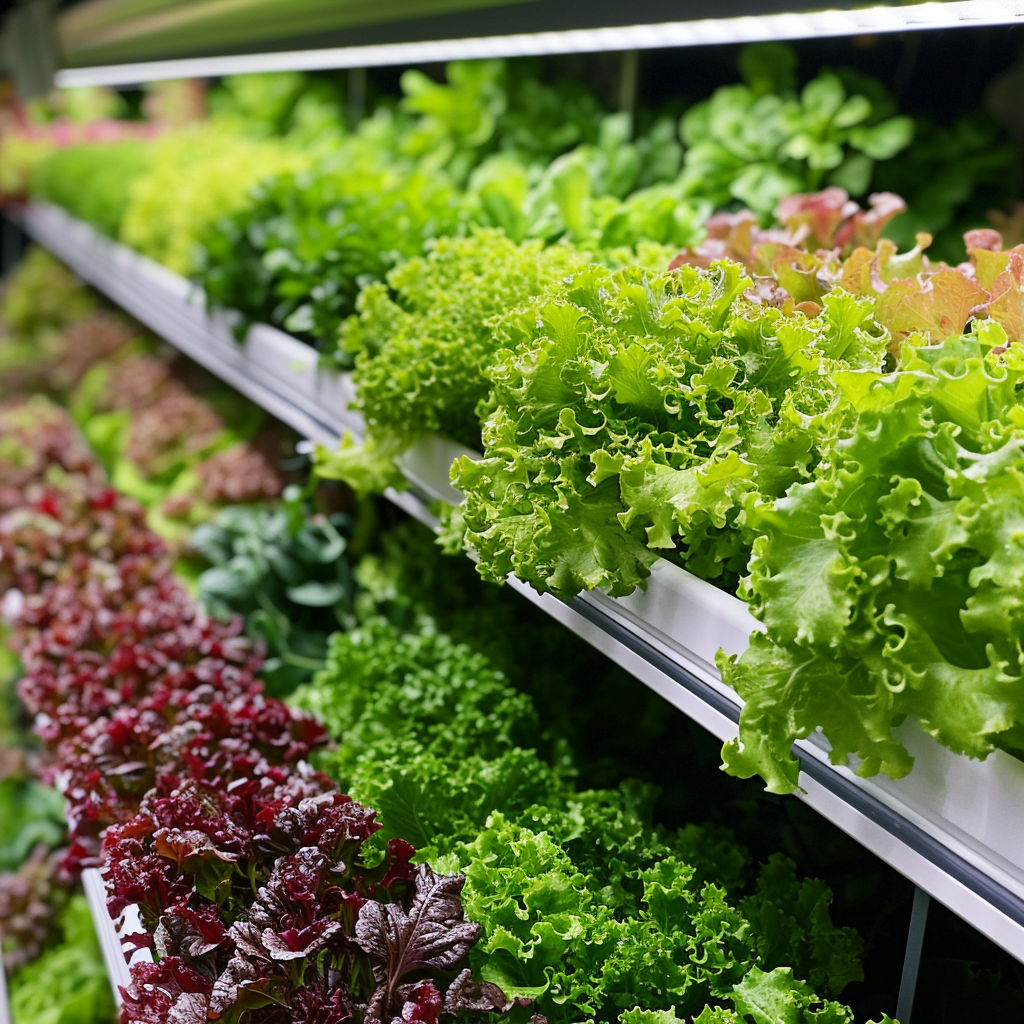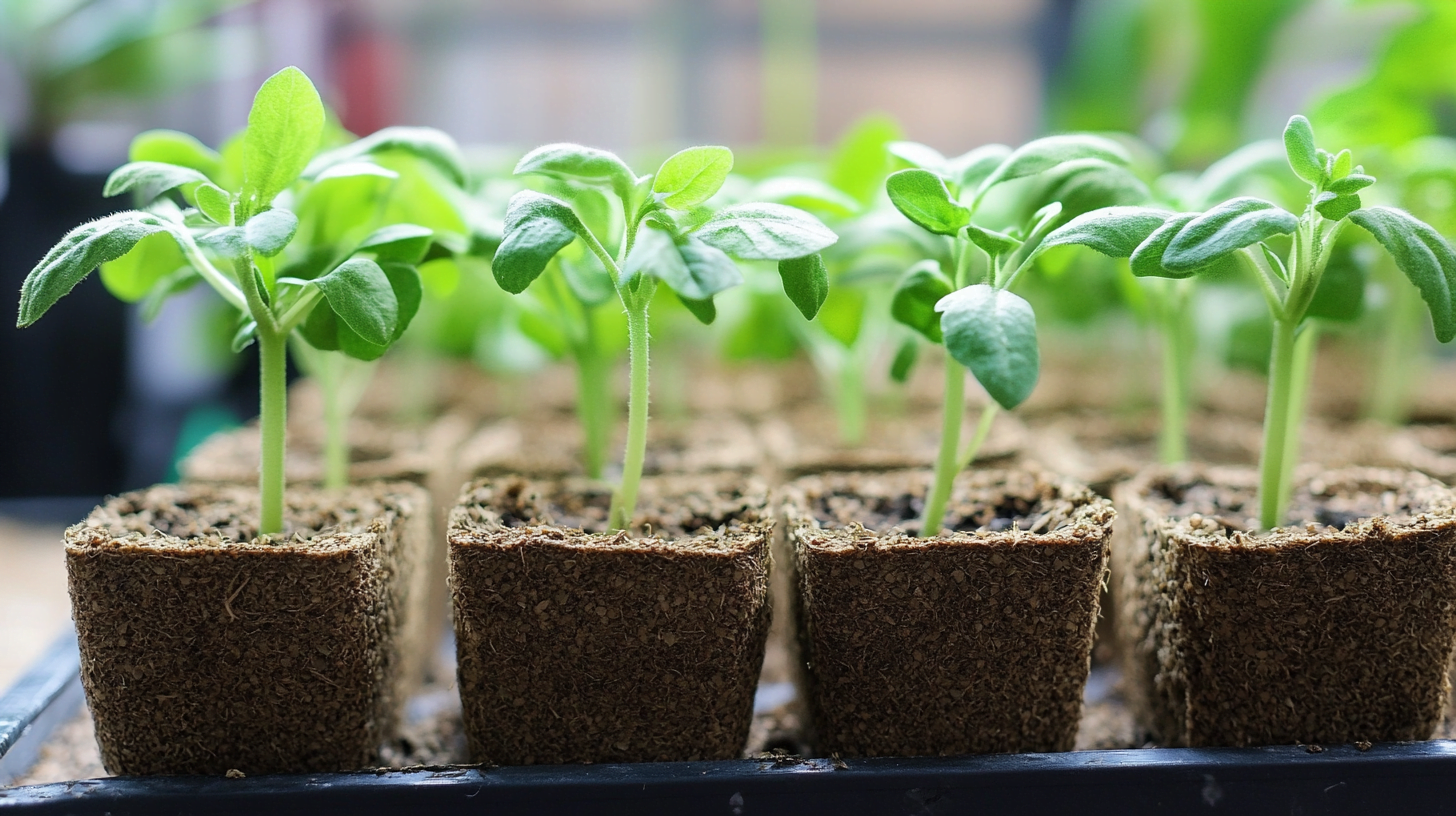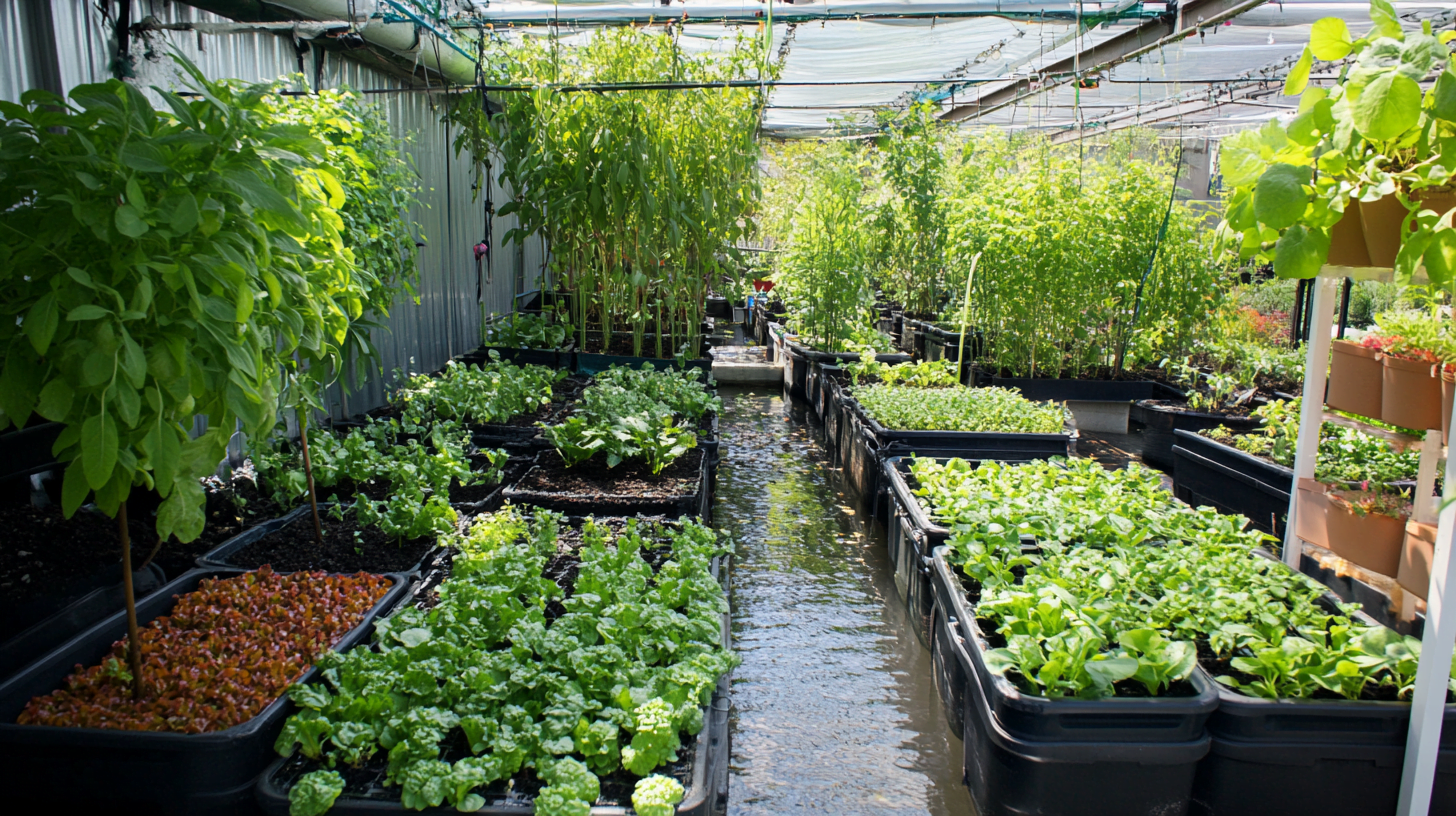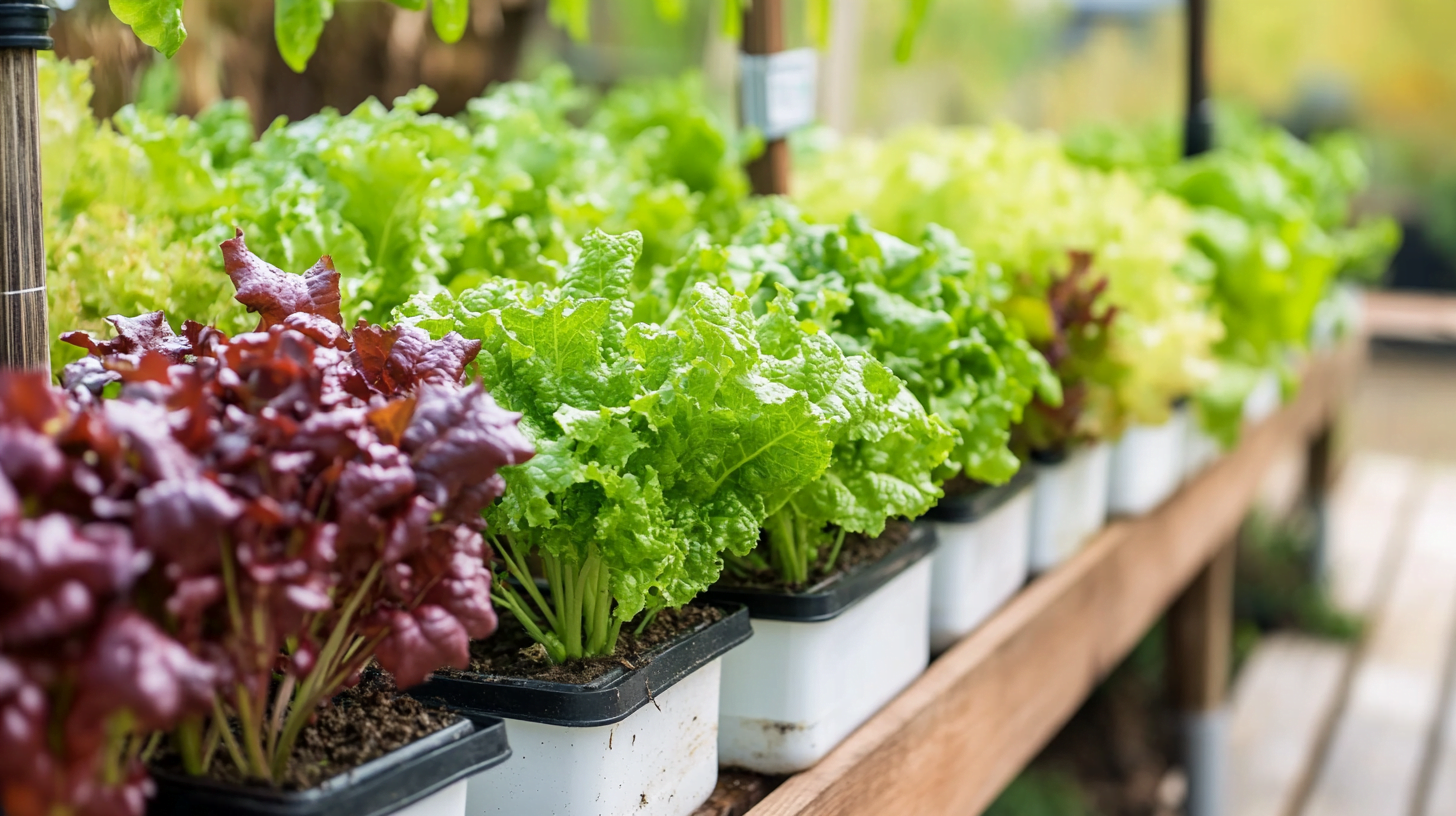Introduction
Organic hydroponic gardening represents a fascinating and innovative approach to cultivation, blending traditional organic principles with modern hydroponic techniques. This method, aptly titled “What is Organic Hydroponic Gardening?”, offers a comprehensive guide to growing plants without soil, using only water and organic nutrients.
This article delves into the specifics of organic hydroponic gardening, explaining how it allows plants to receive essential nutrients, water, and oxygen in a highly controlled and efficient manner. The process, which utilizes up to 90% less water than traditional soil gardening, offers a sustainable and high-yield approach to plant cultivation, emphasizing the use of natural sources for nutrients and avoiding synthetic chemical fertilizers. It’s an insightful read for anyone interested in sustainable agriculture, offering practical tips on building and maintaining your own organic hydroponic system, as well as advice on the best plants to grow using this method.
What is Organic Hydroponic Gardening?
Organic hydroponic gardening is a method of growing plants without soil, using only organic nutrients dissolved in water. This allows plants to receive the water, nutrients, and oxygen they need to thrive in a controlled, high-yield system.
Hydroponics uses up to 90% less water than soil gardening because the nutrients are recirculated continuously. Growers have total control over the plant’s nutritional intake, leading to faster growth rates, larger yields, and healthier plants.
The “organic” component means that the nutrients come from natural sources like compost, manures, bone meal, and plant materials rather than synthetic chemical fertilizers. This allows growers to benefit from hydroponic efficiency while still upholding organic principles.
Organic hydroponic gardening is highly productive and sustainable. It enables crops to be grown year-round in small spaces, reduces water usage, and produces higher yields without chemical pesticides or fertilizers.
How Does Organic Hydroponic Gardening Work?
Hydroponic systems provide plants with nutrient-rich water while oxygenating the roots. This occurs by moving the water using a pump and through growing channels, beds, or containers of inert media like perlite, clay balls, or coconut coir.
There are several types of hydroponic systems:
- Wick System – Nutrient solution is wicked up to plant roots through an absorbent growing media.
- Deep Water Culture – Plant roots dangle directly into an oxygenated nutrient reservoir.
- Ebb and Flow (Flood and Drain) – Plants sit in an empty tray that floods with nutrient solution then drains.
- Drip System – Nutrient solution is dripped slowly onto plant roots via emitters and tubing.
- Nutrient Film Technique (NFT) – A shallow stream of nutrient solution constantly flows past plant roots.
Organic hydroponic systems work exactly the same way but use natural mineral and plant-based nutrients instead of synthetic chemicals. Excellent organic nutrient sources include:
- Compost teas
- Worm castings
- Fish emulsion
- Seaweed and kelp extracts
- Bat guano
- Bone, blood, and feather meals
These provide a balanced blend of major elements (nitrogen, phosphorus, potassium) and secondary nutrients plants need to thrive. Maintaining the pH and EC (electrical conductivity) of your nutrient solution is key. Most plants grow best with a pH between 5.5-6.5 and EC between 1.2-2.4.
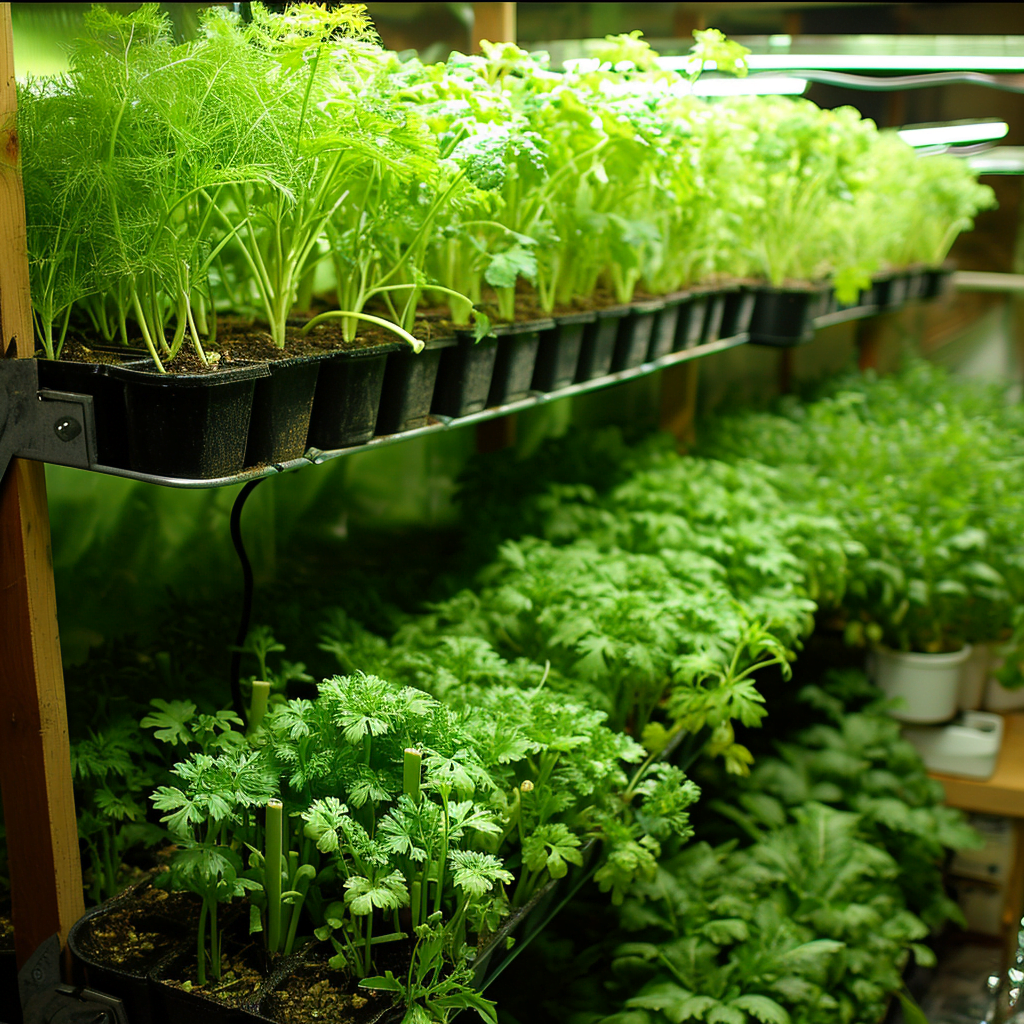
Best Plants to Grow with Organic Hydroponics
Many popular vegetable and herb varieties grow excellently with organic hydroponics:
Fruiting crops:
- Tomatoes
- Cucumbers
- Peppers
- Eggplants
- Melons
- Strawberries
Herbs and leafy greens:
- Lettuce
- Spinach
- Basil
- Parsley
- Cilantro
- Kale
Starting plants from seedlings allows you to skip delicate germination and transplantation steps. However, herbs and fast-growing greens can be propagated from seed directly in the hydroponic system.
Building Your Own Organic Hydroponic System
Constructing a DIY hydroponic system is totally feasible for beginners with basic skills. The main components needed include:
- Reservoir – Food-grade plastic container to hold nutrient solution
- Growing beds – Channels, pots, pipes to support plants
- Submersible pump – Circulates nutrient water
- Aeration – Air pump + air stones oxygenate solution
- Plumbing – 1/2″ tubing, PVC pipes, fittings connect system
The growing beds can be made from plastic containers, PVC pipes, wood, or other easily cleaned materials. Make sure to paint or seal porous materials so they don’t leach chemicals.
A simple wick system is one of the easiest to construct using plastic containers and absorbent growing media. More complex systems like deep water culture or nutrient film technique may require additional equipment but can support heavier fruiting plants.
For indoor hydroponic gardens, LED full spectrum grow lights should provide 30-50 watts per square foot. Use an automatic timer to run lights 12-16 hours per day.
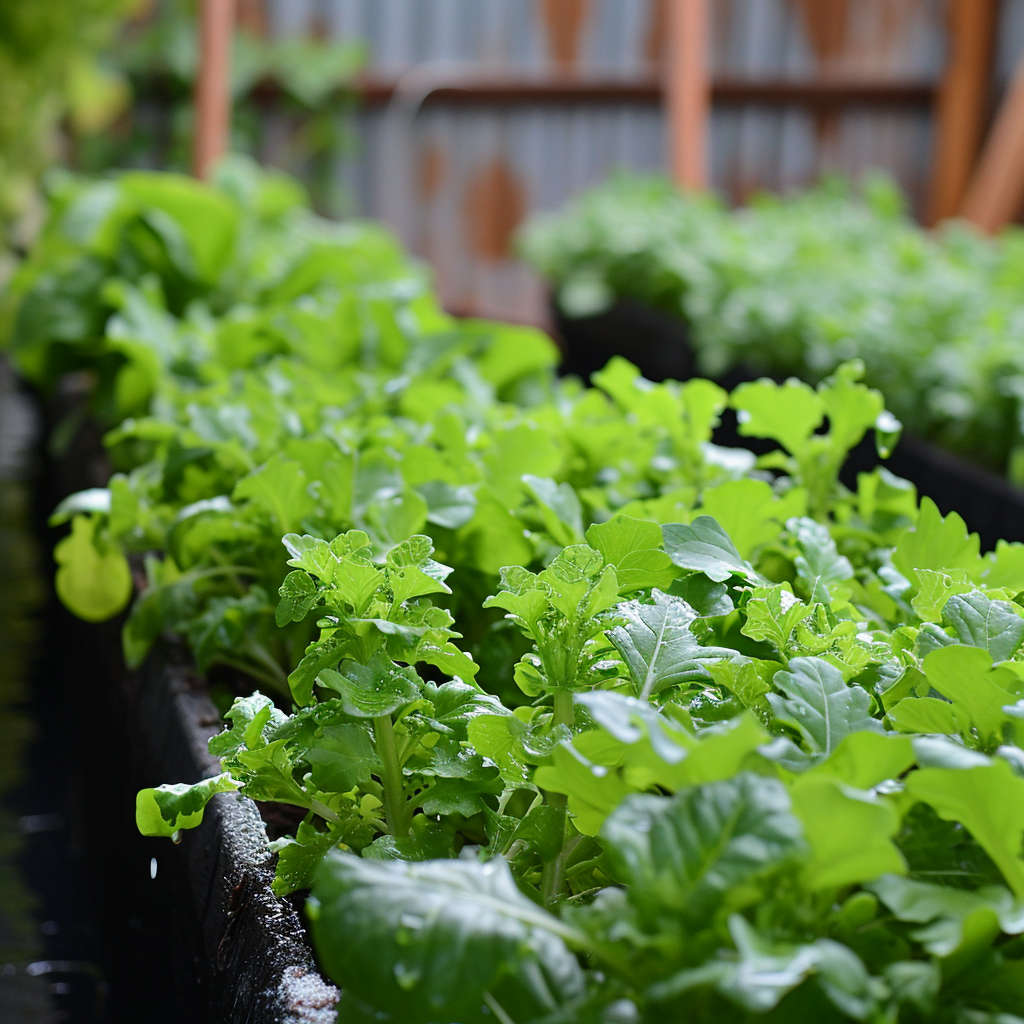
Maintaining an Organic Hydroponic Garden
Caring for your organic hydroponic system involves:
- Checking pH and EC – Use meters to track nutrients and pH levels
- Topping off the reservoir – Replace water lost to plant uptake and evaporation
- Cleaning – Periodically clean growing beds to prevent algae buildup
- Monitoring roots and plants – Watch for signs of deficiencies or other issues
The ideal EC and pH ranges depend on the plants you are growing. Make sure to start seeds or clones in a diluted nutrient solution and gradually increase to full strength as they mature.
Monitor your plants closely for any potential problems. Common challenges like salt buildup, clogs, algae growth, or root rot can be avoided with consistent maintenance.
The Benefits of Organic Hydroponic Gardening
- Higher yields – Grow more food in less space vertically. 25-50% more biomass production than soil gardening.
- Reduced water usage – Recirculate and reuse up to 90% less water since no drainage or evaporation loss.
- Year-round production – Grow crops continuously in a controlled indoor environment, regardless of season.
- No weeding or digging – Less physical labor compared to traditional gardening.
- Minimal disease/pests – Avoid soil-borne diseases. Controlled environment limits pests.
- Precise control – Carefully monitor nutrition, pH, lighting, humidity, and climate for optimal plant growth.
- Accessibility – Hydroponic systems can be set up anywhere indoors or outdoors close to your home.
- Lower startup costs – DIY systems can be built relatively affordably. Pre-made systems available.
Is Organic Hydroponic Gardening Difficult for Beginners?
While it may seem daunting at first, organic hydroponics can be done successfully even by total beginners. Many resources exist to help you get started:
- Complete hydroponic startup kits
- Step-by-step online guides and videos
- Books detailing hydroponic principles and practices
- Forums and social media groups to ask questions and troubleshoot
Choosing forgiving plants is also wise when first venturing into hydroponics. Lettuce, herbs, tomatoes, peppers, and strawberries are all relatively easy and productive.
Don’t let the technology intimidate you. The fundamentals of organic hydroponics can be picked up quickly with a bit of reading and experimentation. Construct a small starter system and you’ll be harvesting organic fruits, veggies, and herbs in no time!
Conclusion
Organic hydroponic gardening enables anyone, anywhere to grow wholesome produce sustainably year-round. The benefits go far beyond higher yields – it shrinks your food’s water and land footprint while letting you control nutrition and quality.
If you want to enjoy pesticide-free food, save water, boost yields, and have another creative hands-on hobby, then organic hydroponics may be right for you. Start small, learn the basics, and watch your plants thrive!
